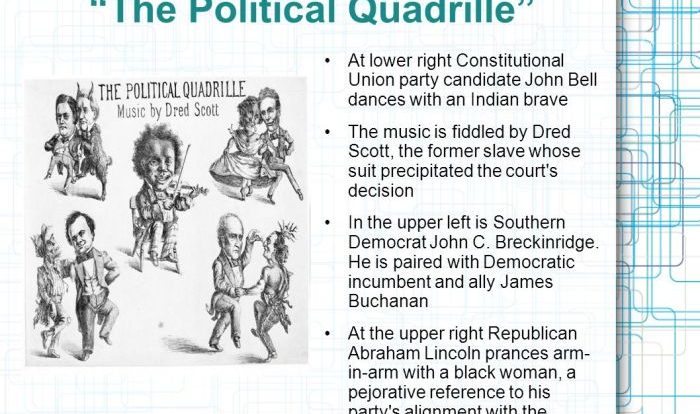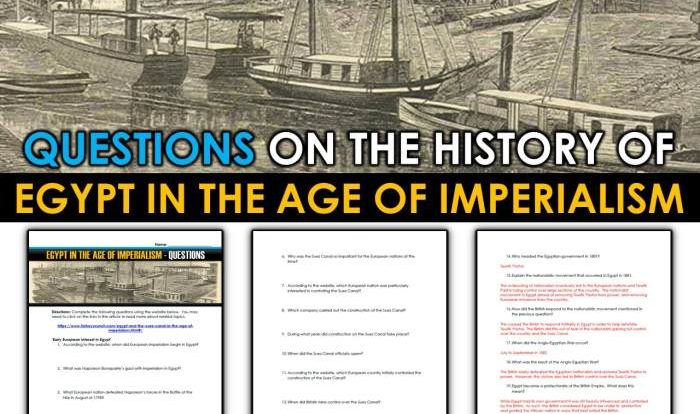With A History of Witches Webquest Answer Key as our guide, we embark on an enthralling journey through the annals of witchcraft, where superstition and fear intertwined to shape human history. From the societal beliefs that fueled persecution to the infamous witch hunts that left an enduring mark, this webquest unveils the captivating narrative of witchcraft’s profound impact on individuals and communities.
Delving into the historical context, we uncover the societal beliefs and cultural practices that fostered the persecution of witches. We examine the role of religion, superstition, and fear in shaping attitudes towards witchcraft, shedding light on the complexities that led to widespread persecution.
The Historical Context of Witchcraft
Witchcraft emerged within a complex tapestry of societal beliefs and cultural practices. Medieval Europe was a period of profound religious faith, with the Church playing a central role in shaping societal norms and values. The rise of Christianity led to the suppression of pagan beliefs and practices, which were often associated with witchcraft.
Fear of the unknown, superstition, and the need for scapegoats during times of crisis further fueled the persecution of witches.
Religion and Superstition
The Church’s teachings on witchcraft were heavily influenced by the Malleus Maleficarum, a treatise written by German Catholic clergyman Heinrich Kramer in 1486. The Malleus Maleficarum presented witchcraft as a heresy, a pact with the devil that threatened the very fabric of Christian society.
This belief system provided the ideological justification for the persecution of witches.
Cultural Beliefs and Practices
Medieval society was deeply superstitious, with widespread belief in magic, spirits, and the supernatural. People often sought the help of cunning folk, who were believed to possess magical powers. However, these practices were often seen as suspicious and could lead to accusations of witchcraft.
Fear and Scapegoating
In times of social and economic crisis, such as famine or plague, people often turned to scapegoats to blame for their misfortunes. Witches became convenient targets, as they were seen as outsiders who threatened the established order.
Methods of Witchcraft Persecution
Trials and Confessions
Suspected witches underwent rigorous trials designed to extract confessions. These trials were often unfair, with the accused presumed guilty until proven innocent. Torture was frequently used to coerce confessions, even though they were often unreliable.
Identification and Denunciation
People could be accused of witchcraft by anyone, even for minor offenses. Rumors and gossip spread quickly, leading to mass hysteria and witch hunts. Accusers often sought revenge or personal gain by targeting their enemies.
Ordeals and Tests
Ordeals and tests were used to determine guilt or innocence. These included trials by water, fire, and combat. However, these methods were often unreliable and led to false accusations.
Impact on Individuals and Communities, A history of witches webquest answer key
The persecution of witches had devastating consequences for individuals and communities. Accused witches faced torture, imprisonment, and execution. Their families and communities were often ostracized and shunned.
Famous Witch Hunts
The Salem Witch Trials (1692)
The Salem Witch Trials are one of the most infamous witch hunts in history. Over 200 people were accused of witchcraft, and 20 were executed. The trials were fueled by religious fervor, superstition, and political tensions.
The Witch Hunts of Europe (15th-17th Centuries)
The European witch hunts were a period of widespread persecution that claimed thousands of lives. The Malleus Maleficarum played a significant role in shaping the beliefs and practices of witch hunters.
The Spanish Inquisition (15th-19th Centuries)
The Spanish Inquisition was a religious tribunal that targeted suspected heretics, including witches. The Inquisition used torture and intimidation to extract confessions and punish those accused of witchcraft.
Key Figures
- Heinrich Kramer (author of the Malleus Maleficarum)
- Matthew Hopkins (English witch hunter)
- Giles Corey (victim of the Salem Witch Trials)
The Impact of Witchcraft Persecution
Social Consequences
The persecution of witches disrupted social order and undermined trust. Accusations of witchcraft could lead to the breakdown of families and communities.
Economic Consequences
Witch hunts could have devastating economic consequences for the accused and their families. Property was often confiscated, and livelihoods were destroyed.
Psychological Consequences
The fear of being accused of witchcraft created a climate of terror and paranoia. People became suspicious of their neighbors and hesitant to speak out against injustice.
Legacy of Witchcraft Persecution
The legacy of witchcraft persecution continues to resonate in modern society. It serves as a reminder of the dangers of mass hysteria, superstition, and the abuse of power.
Modern Perspectives on Witchcraft: A History Of Witches Webquest Answer Key
Historical Perspectives
Modern historians have challenged traditional views of witchcraft, arguing that it was often a response to social and economic changes. They emphasize the role of women in witchcraft and the ways in which it challenged patriarchal norms.
Anthropological Perspectives
Anthropologists study witchcraft as a cultural phenomenon, exploring its role in different societies. They argue that witchcraft is often a way for people to cope with fear and uncertainty.
Feminist Perspectives
Feminist scholars have argued that witchcraft was a form of female empowerment. They see witches as women who defied social norms and challenged the patriarchal order.
Witchcraft in Contemporary Society
Witchcraft continues to exist in contemporary society, albeit in different forms. Some people practice witchcraft as a spiritual or religious tradition, while others see it as a form of self-empowerment or healing.
Key Questions Answered
What factors contributed to the persecution of witches?
Societal beliefs, cultural practices, religious dogma, superstition, and fear all played a significant role in fueling the persecution of witches.
How were witches identified and prosecuted?
Methods used to identify and prosecute suspected witches included trials, torture, and confessions, often based on flimsy evidence and hearsay.
What were the consequences of witchcraft persecution?
Witchcraft persecution had profound social, economic, and psychological consequences, leading to the deaths of countless innocent individuals and the disruption of communities.



